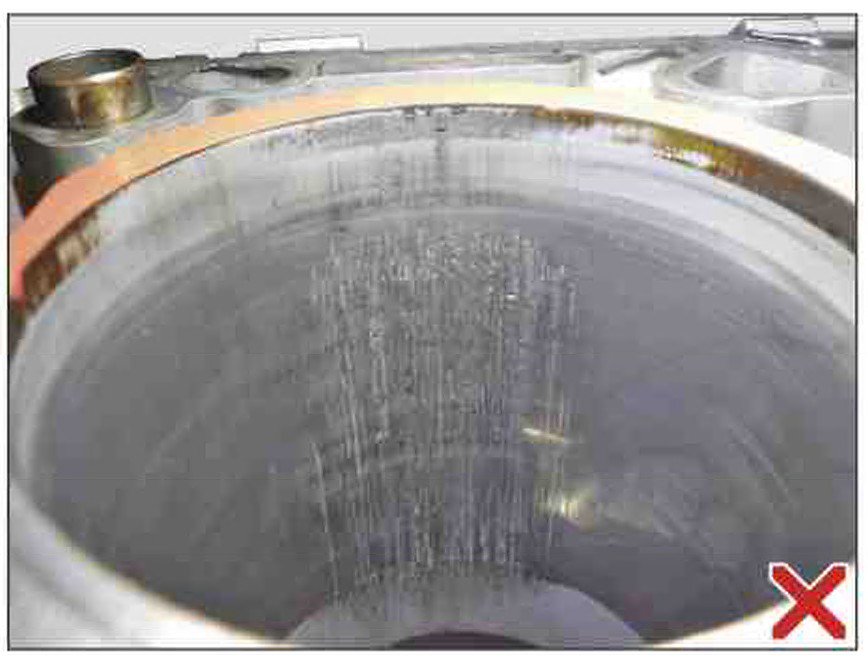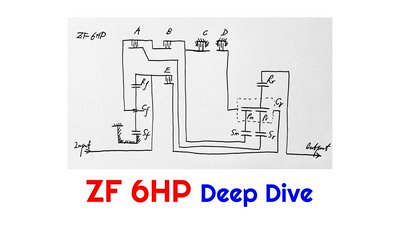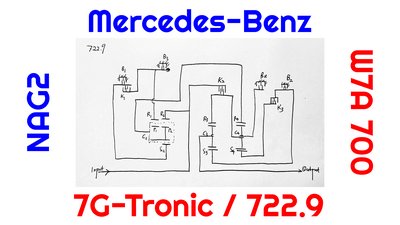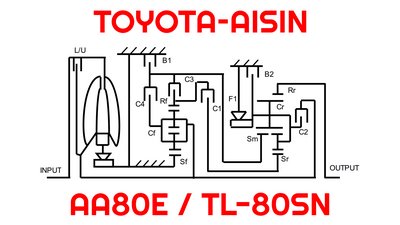techXXX
Nikasil, Alusil, Lokasil, and Silitec: Cylinders in liner-less aluminium engine blocks
Today, we briefly examine the three main types of liner-less cylinder treatment methods that originated from Germany, Nikasil, Alusil, and Lokasil, and their variants.

Today, we briefly examine the three main types of liner-less cylinder treatment methods that originated from Germany. The two main reasons to build an aluminium engine block without cast iron or steel liners are heat conductivity and cost.

Nikasil
Nikasil is the most durable method, 3 to 10 times more so than cast iron. Nikasil standards for nickel silicon carbide. Essentially, silicon carbide, which is a type of ceramic, is dissolved in nickel, and the solution is coated onto the aluminium cylinder wall directly using electroplating. Then, the bore is honed similar to steel. Nikasil was originally used by Porsche starting in the 1970s; it became more popular until the mid-1990s.
This was when BMW and Jaguar suffered broad cylinder bore failures (read scoring) in their V8s coated with Nikasil. The common explanation is that the sulfur content in the fuel formed into sulfuric acid that dissolved the Nikasil coating. Porsche’s air-cooled engines ran hotter and did not suffer the same fate.
Today, Nikasil is no longer used in production cars. This is because coating Nikasil is labour-intensive, and many hazardous chemicals are used. It is only found in racing cars and motorcycles. Nikasil is a process by Mahle, while Kolbenschmidt has Galnikal, which is similar.
- Porsche H6 until 1996, except Mezger
- BMW M60 V8
- BMW M52 I6
- Jaguar AJ-V8 (early)
Alusil
Alusil is a cheap alternative to Nikasil. In fact, it was the cheapest way to build an engine block when it became popular across Germany. It is a hypereutectic aluminium-silicon alloy, which means that the silicon content of the alloy is higher than the eutectic 12.5%, reaching 17% (AlSi17Cu4Mg). After the engine block is die cast at low pressure, the silicon particles on the bore surface are exposed by etching away the aluminium. The resulting silicon particles vary in size from 20 to 70 μm. The bore is not honed like Nikasil or in conventional engines. Importantly, Alusil requires the piston skirts to be coated with iron.
The Alusil method was first used in 1971 in the Chevrolet Vega. Porsche started using Alusil with its original M28 V8 back in the 1970s. Mercedes started using it with the 5.6L M117 V8 in 1978. In the 1980s, BMW started doing so with the M70 V12, and a decade later Audi with the 4.2 40v V8. Almost every 6, 8, 10, and 12-cylinder engines made in Germany, except the few very recent V6 and V8 models, used Alusil.
Unfortunately, Alusil is not durable. It wears twice as fast as cast iron. The main reason is that the silicon particles actually fall off overtime. It is the primary culprit for premature engine wear in German cars, with oil consumption being an early sign. Also unfortunate is the fact that Alusil blocks cannot be restored. There are only two possible repair options, to sleeve it or to coat it with Nikasil. Since almost nobody coats Nikasil, the only realistic choice is to add steel liners. This is a very expensive repair, and it is very difficult to do correctly.
- Porsche M28, M48 V8
- Porsche M44 I4
- Mercedes M117 (560), M119, M113 V8
- Mercedes M120 V12
- Mercedes M112 V6
- BMW M70, M73, N73, N74 V12
- BMW M62, S62, N62, S65, N63 V8
- BMW N52 I6
- BMW S85 V10
- Volkswagen 4.2 40v, 4.2 FSI V8
- Volkswagen 6.0/6.3 W12
- Volkswagen 3.2 FSI V6
- Volkswagen 5.2 FSI V10
Lokasil
Lokasil is an even cheaper alternative to Alusil. In this casting, only a pre-form with silicon particles ranging from 30 to 70 μm suspended in resin is used in where the cylinders would go in the form. The block is cast using high pressure die casting. The molten hypoeutectic aluminium (AlSi9Cu3) burns off the resin and forms hypereutectic alloy in these areas. It is not only cheaper but also easier to manufacture at scale, thanks to high pressure casting, than Alusil.
Unsurprisingly, the resulting engine block is exceptionally prone to scoring. This process was used only by Porsche in its M96 flat-6 engine, though Albond and Silitec are very similar processes.
- Porsche M96 H6

Silitec
Speaking of Silitec, since Alusil and Lokasil are both trademarked processes of Kolbenschmidt. Mercedes used Alusil up till the M112 and M113. With the M137 V12, it started using its own “Silitec” processes to produce Alusil and, later, Lokasil copies. These Silitec engines are the crown jewels of cylinder bore scoring. While it is unclear how they differ from Kolbenschmidt’s processes, it does not take a genius to see that there must be material differences that led to such high early failure rates.
Two potential causes are the distribution of the exposed silicon particles and the way the surface is etched.
- Mercedes M137, M275, M277, M279, M285 V12
- Mercedes M273, M278, M152, M157 V8
- Mercedes M272 V6
Today, more and more liner-less aluminium blocks use simple iron coating, which has proved to be at least better than Lokasil in durability.



